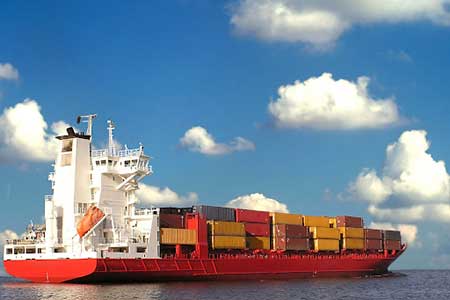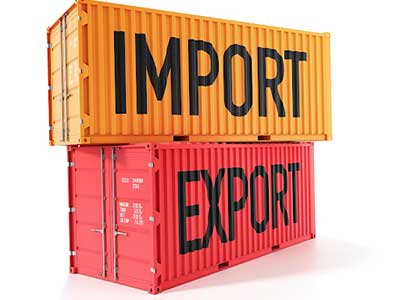 President Donald Trump has announced a new wave of tariffs targeting imports from Canada, China, and Mexico. These tariffs, designed to address trade imbalances and protect domestic industries, are expected to have far-reaching economic consequences. China’s tariffs will be raised an additional 10%, and Canada and Mexico will have a 25% tariff enforced.
President Donald Trump has announced a new wave of tariffs targeting imports from Canada, China, and Mexico. These tariffs, designed to address trade imbalances and protect domestic industries, are expected to have far-reaching economic consequences. China’s tariffs will be raised an additional 10%, and Canada and Mexico will have a 25% tariff enforced.
While the purpose is to promote American manufacturing and job growth, the affected countries have responded with their own tariffs or forms of pushback, which could lead to significant consequences for American consumers and businesses.
The Purpose of the Tariffs
Trump’s tariffs aim to:
- Reduce the U.S. trade deficit by discouraging imports and encouraging domestic production.
- Protect American industries, particularly manufacturing and agriculture, from foreign competition.
- Address alleged unfair trade practices
- For the neighboring countries of Canada and Mexico, Trump aims to force them to secure their borders with the steep tariffs of 25% on their products. They are demanded to stem the flow of undocumented persons into the U.S., along with curbing the illicit flow of illegal drugs such as fentanyl.

Responses from Affected Countries
- Canada – As one of the U.S.’s closest trading partners, Canada has expressed strong opposition to the tariffs, particularly those affecting its steel, aluminum, and automotive industries. The Canadian government has said they would impose retaliatory tariffs on American goods, potentially targeting agricultural products, consumer goods, and industrial materials.
- China – China has a history of responding to U.S. tariffs with its own countermeasures. This time, Beijing is expected to impose tariffs on American exports such as agricultural products, electronics, and automobiles. Additionally, China may strengthen its economic ties with other trading partners to reduce reliance on U.S. trade.
- Mexico – Mexico’s response will likely focus on industries such as automotive and agricultural trade. Mexico has previously responded to tariffs by imposing duties on American pork, dairy, and other goods, and it may adopt similar measures again.
Impact on Americans
Higher Consumer Prices – Tariffs increase the cost of imported goods, which can lead to higher prices for everyday items such as electronics, automobiles, and household goods. This is because businesses can’t or won’t absorb the cost of tariffs and offload them to the consumer.
Retaliation Against U.S. Exports – Farmers, particularly those exporting soybeans, pork, and dairy products, may suffer from reduced demand due to retaliatory tariffs imposed by other countries.

What does this mean for product sourcing?
Prices will likely rise as the tariffs are enforced. Companies won’t eat the costs of raised tariffs but will instead pass them on the consumer.
Though painful, it will still be best for most customers to keep their existing sources for most of the products the tariffs will affect. Hopefully Trump and the countries will be able to negotiate a more amicable and cooperative solution quickly that will benefit everyone involved.
Trump’s new tariffs on Canada, China, and Mexico reflect a continuation of aggressive trade policies, aimed at strengthening American industries and reducing trade imbalances. However, these tariffs also come with risks, including higher consumer prices, economic disruptions, and retaliatory actions from trade partners. As global markets react, American businesses and consumers will need to brace for both short-term challenges and potential long-term shifts in international trade relationships.
